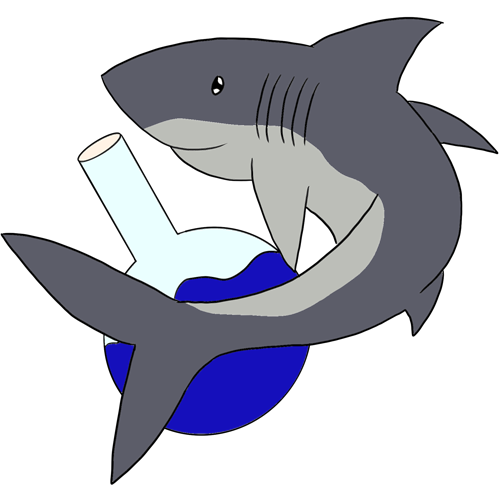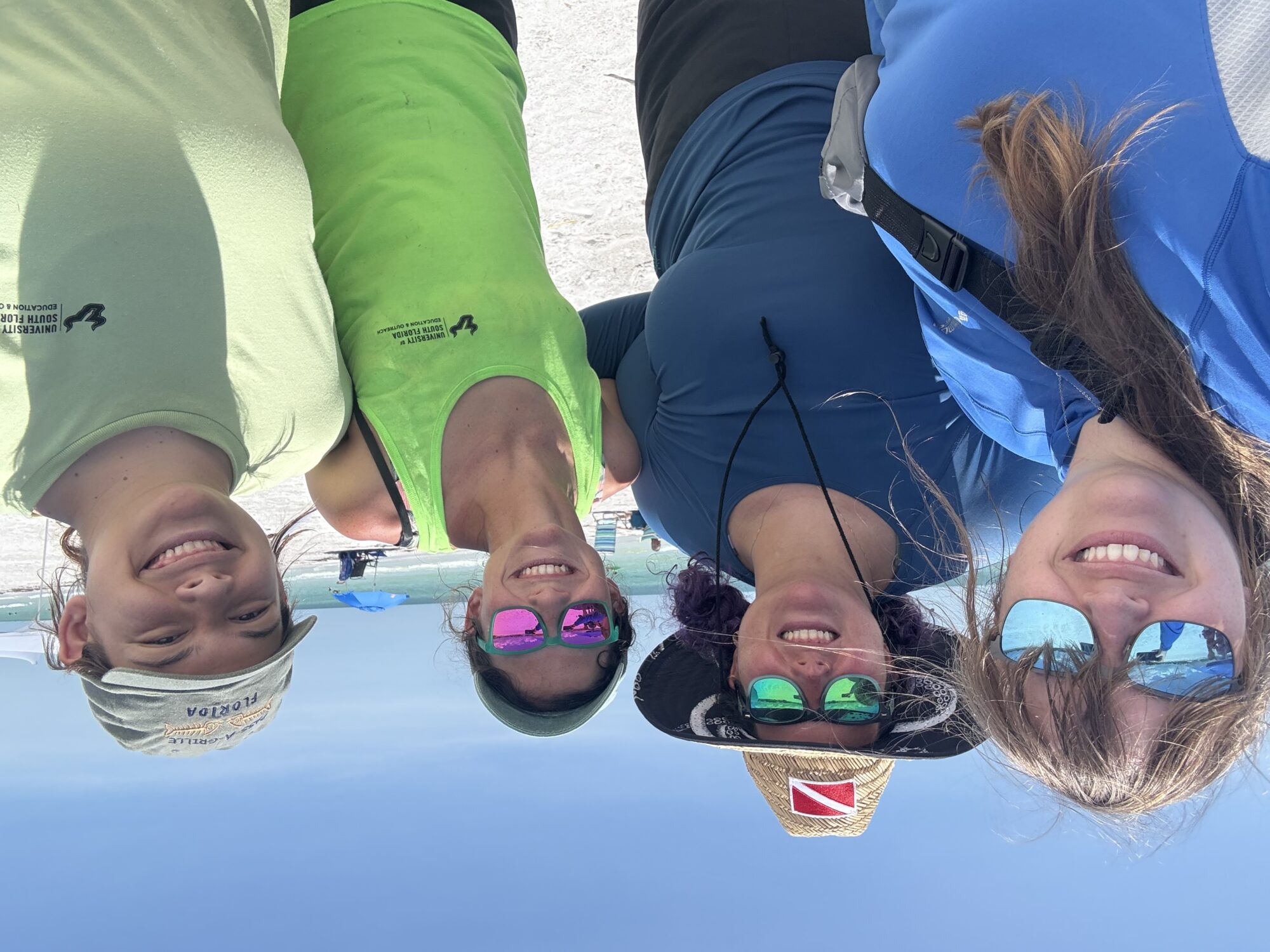Getting girls interested in fish, sediment, plants, and all things slimy and dirty!
One thing I adore about USF’s Oceanography camp for girls is that I get the opportunity to show a group of amazing young women some of the tasks scientists use in the field as research tactics. This year I co-lead my favorite field trip with one of my favorite mentors to the beautiful and diverse environments of Ft. Desoto!
Station 1: Mangroves
Our day began in the calm, protected waters of the mangroves. Surrounded by twisting roots and shaded by green canopies, the girls explored the role of red, black, and white mangroves in coastal protection and habitat creation.
The girls were separated into groups to collect fish samples, identify mangroves and take sediment samples, and test water quality..
Nutrient Testing!
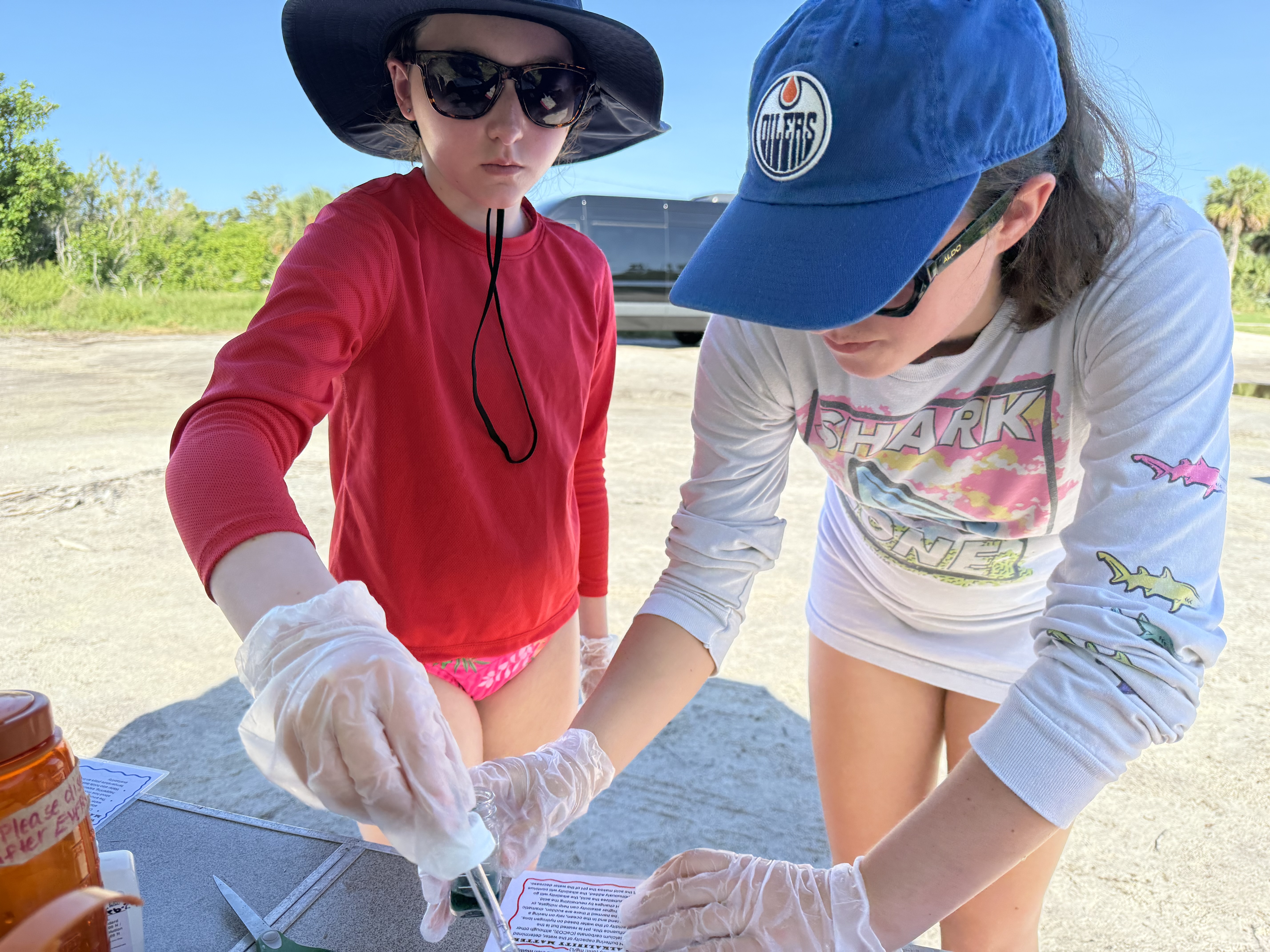
While this station is not always the most thrilling, nutrients is an important part of data collection for determining the health of an environment. What was exciting this year was some of the girls got SO into the testing and chemistry of it all. A few girls each day specifically requested to do certain tests like alkalinity or dissolved oxygen.
Mangrove and Sediment Sampling

In this station we focus on two main things: plant life and sediments. I like to add a little bit of extra flair and discuss invertebrates that we come across as we walk through the vegetation. We talked about how mangroves act as buffers during storms and serve as nurseries for many marine species including many species of crabs and snails that we found along our walk. One of my favorite things to talk about is the differences between mangrove species and of course show them the free snacks you can get from around the mangroves (woo hoo black mangrove salt and saltwort!).
Seine Net in the Mangroves
Fishing is of course the most exciting part of the whole field trip. You can find so many amazing things in the mangroves and compare them to the later stations! Here we wade out with our massive seine net and pull along the mangroves, catching a variety of juvenile fishes like redfish, spot, spotted sea trout, and lots (and LOTS) of pinfish. What’s unique about this area is the fish are very small compared to other regions due to the protected nature of the mangroves and the seagrass between them. When we ran the net we then counted and measured the different fish species and their sizes to report back later.
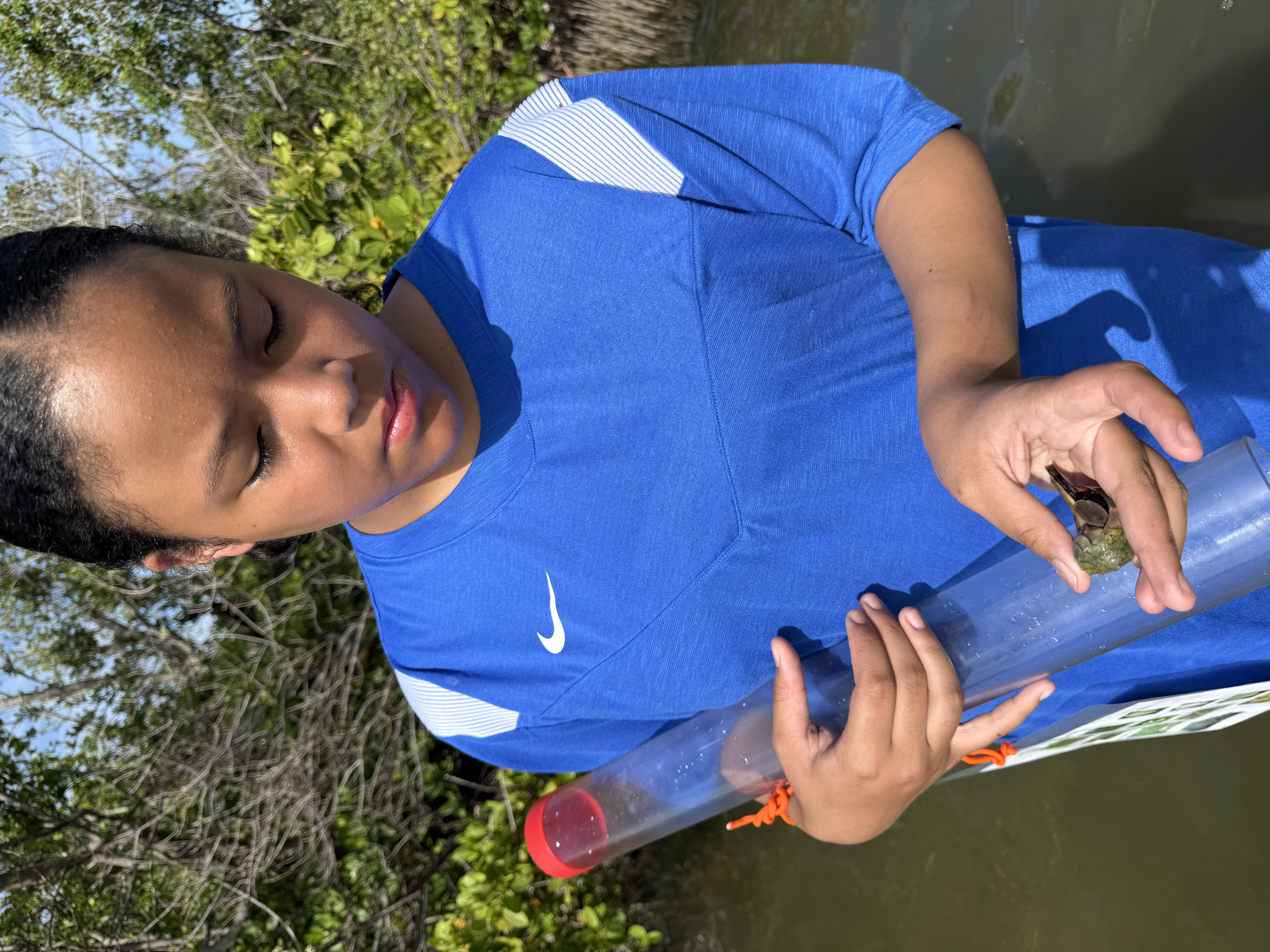
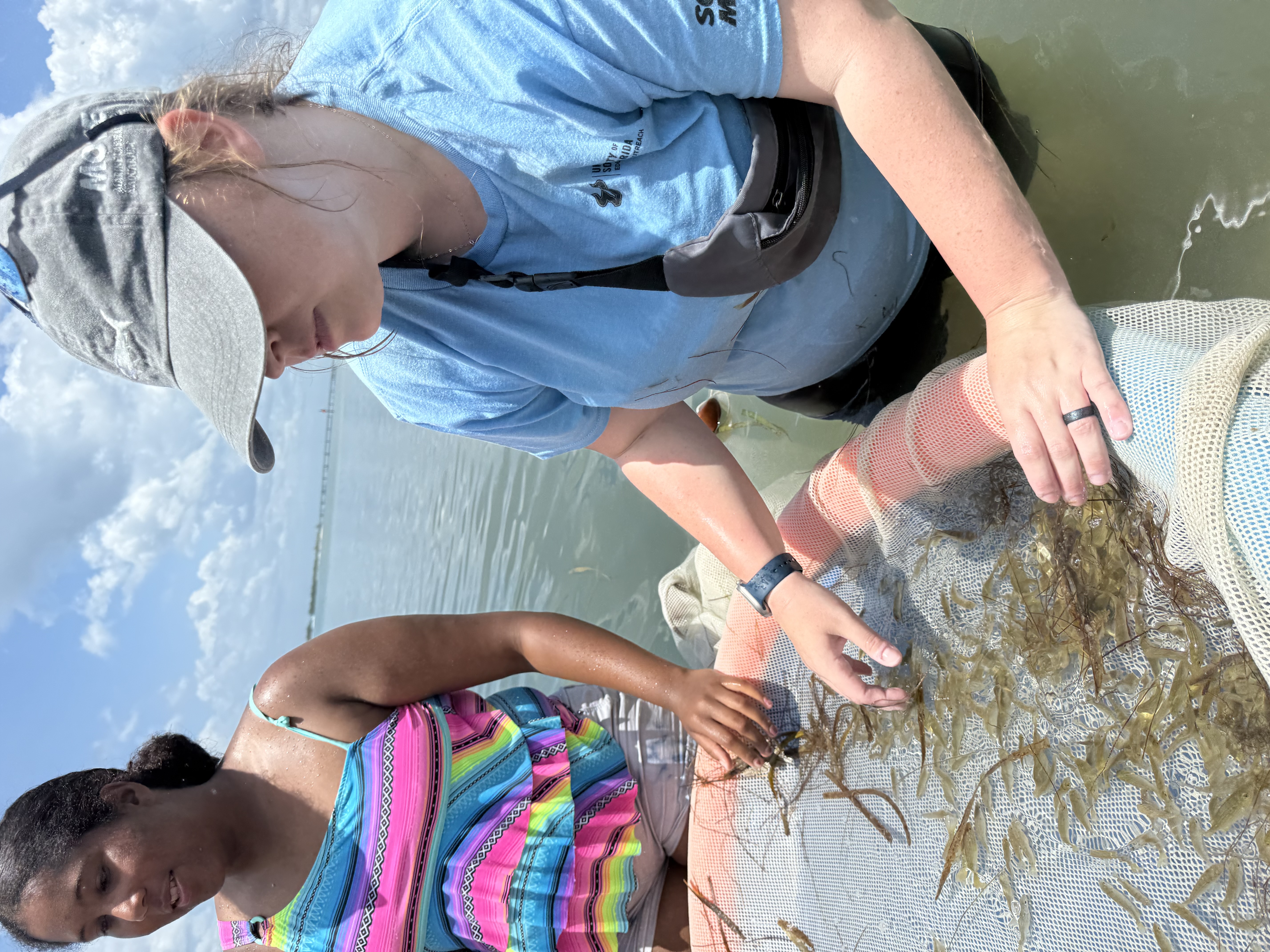
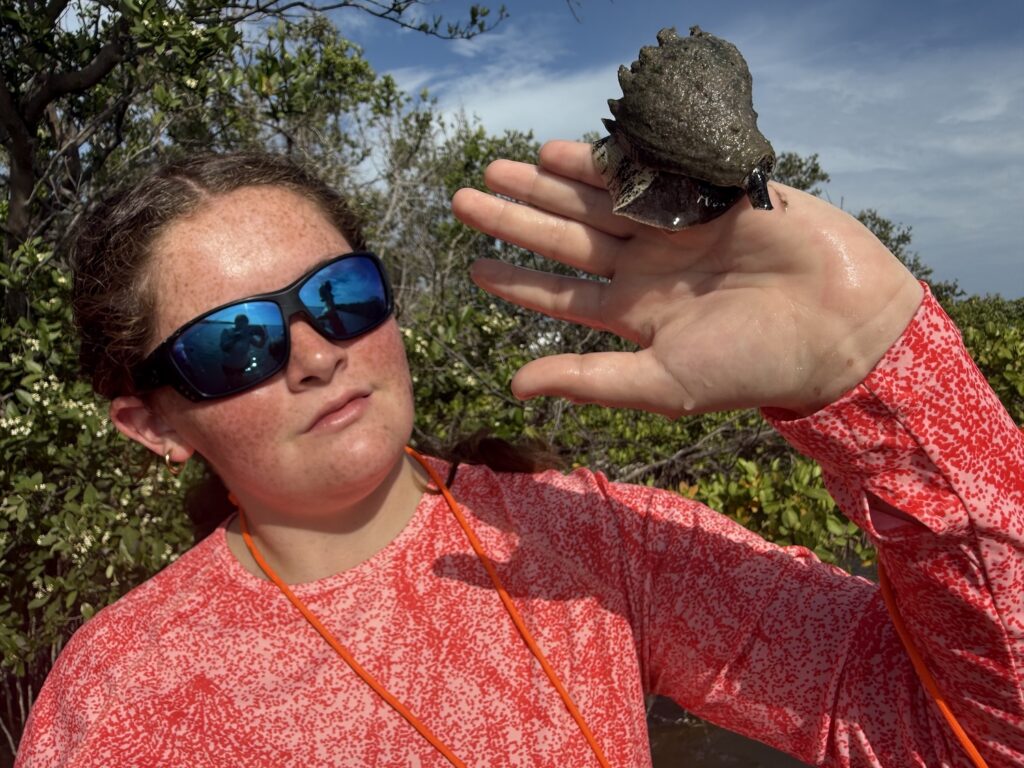
Station 2: Seagrass
Next, we waded into the clearer, open waters of the seagrass beds. Using seine nets, the girls worked in teams to collect and identify marine life hidden among the blades—juvenile fish, shrimp, and other small creatures revealed the importance of seagrass as a biodiversity hotspot. They also took sediment samples here to compare with those collected in the mangroves, noting differences in texture and composition.
Nutrient Testing Round 2!
As someone who typically teaches nutrients it was so amazing to get to see these girls become enamored with something as tedious as water quality parameters! By the time we were completing the nutrient tests again the girls were becoming experts in sampling and chemistry! I believe the important difference between chemistry in the classroom and here is these girls were IN the environment, collecting the water samples and actively making decisions about the environment’s health which made them more attached to their results.
Seagrass Snorkeling and Invertebrate Observing!
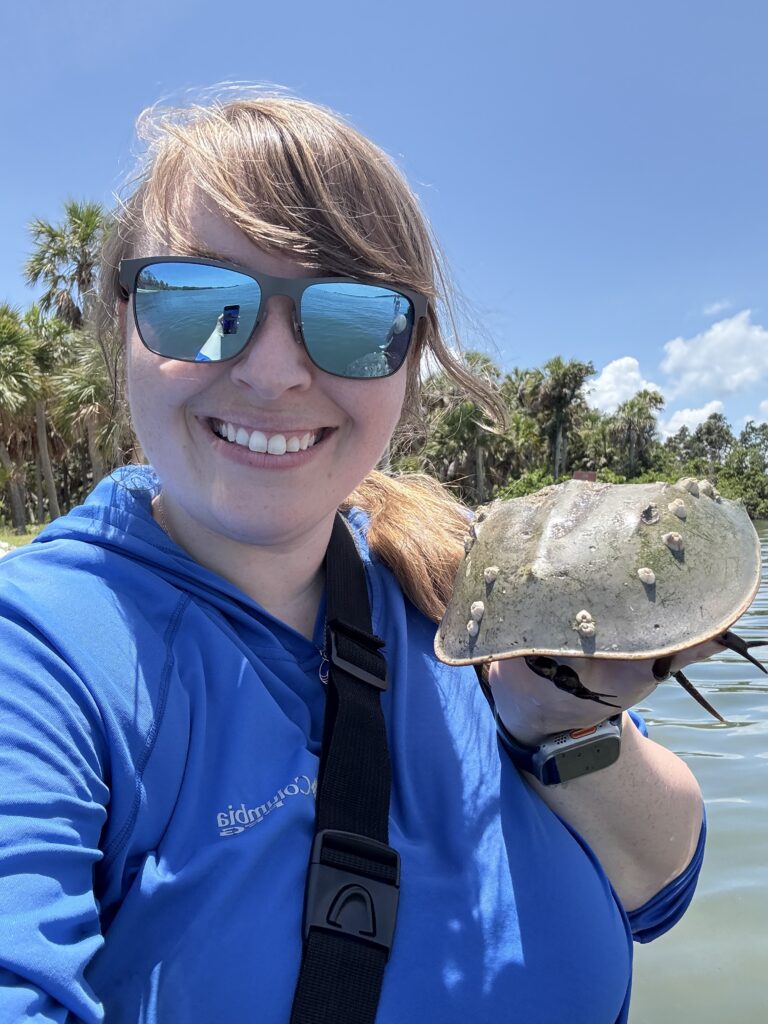
For our plant life station here we did some quadrant sampling and snorkeled in the seagrass to observe sea urchins, horseshoe crabs, and many blue crabs. When looking at the quadrants, we estimated the sea grass percentages of each sea grass species in the area being tested from shallow regions that are full of shoal grass, to deep regions with thick patches of turtle grass and some manatee grass in between!
Seine Net in the Seagrass!
Seine netting in the seagrass is a whole different beast, mostly because the animals here can get much bigger, being older and more capable of being on their own, and different species begin to make their homes here. We saw quite a few puffers, large blue crabs, larger pinfish, and even a lizardfish in this area! It was amazing getting to see all the different species change and to see the look on the girls faces as they counted and measured some adorable fish from the meadows at the fort!
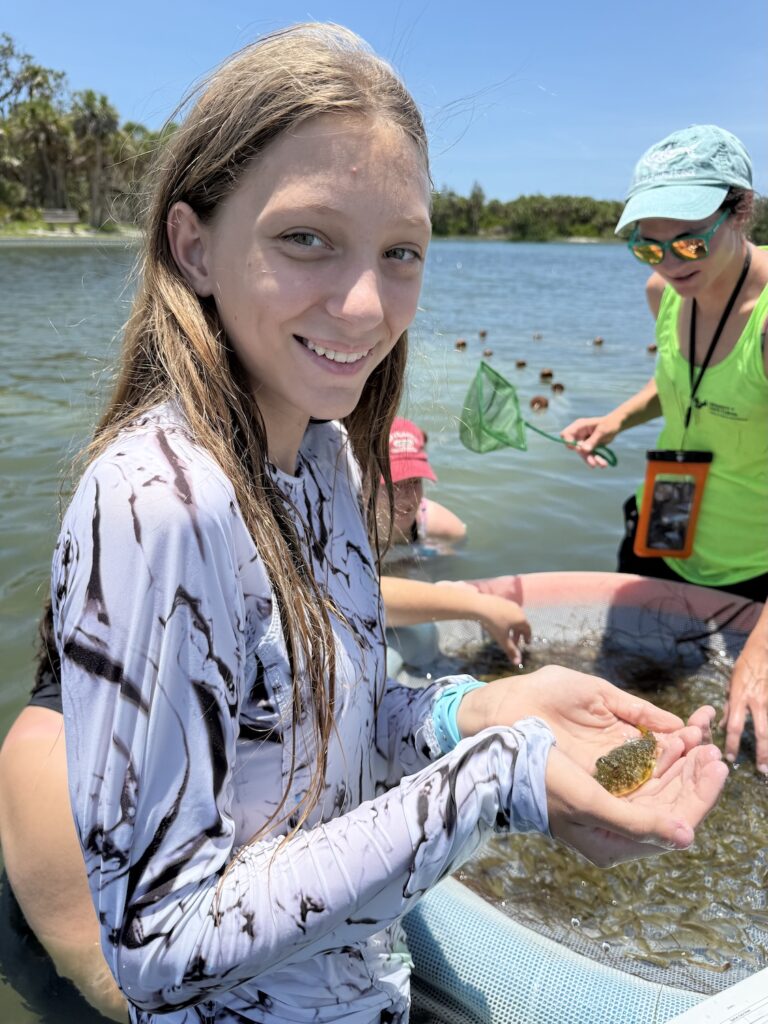
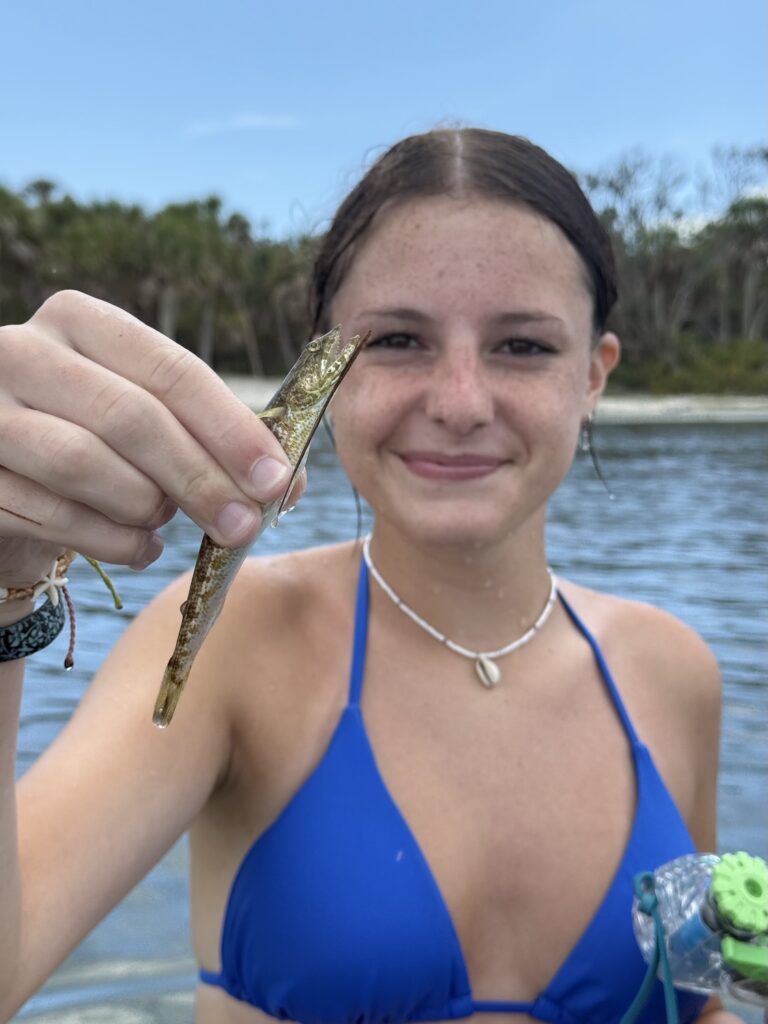
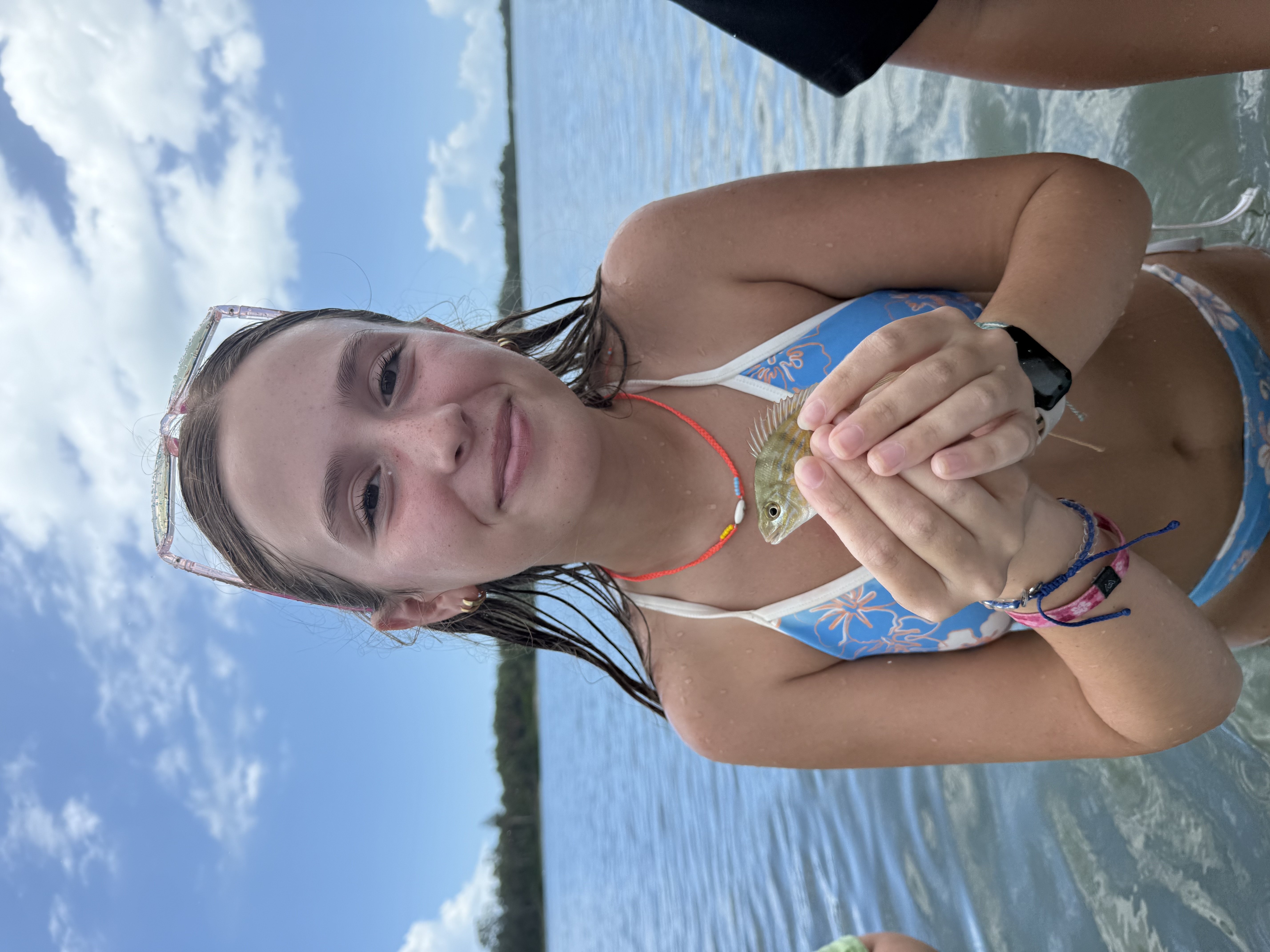
Station 3: Beach
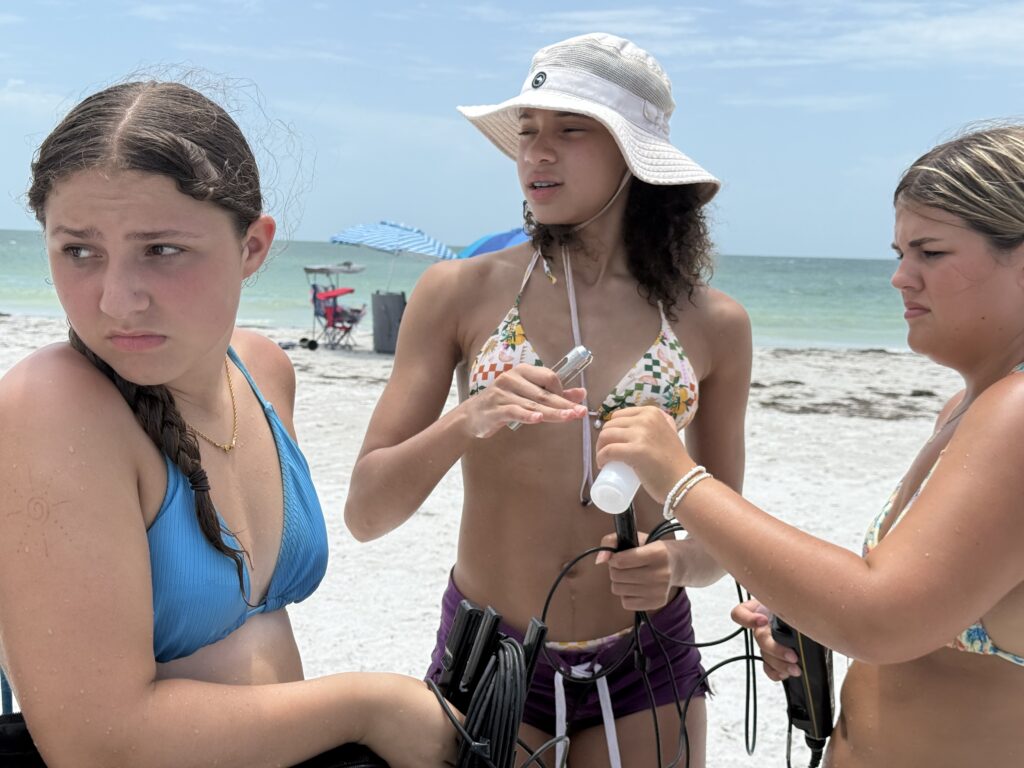
We wrapped up our fieldwork on the sandy shoreline, where the girls focused on water quality analysis. Using test kits, they measured nitrate, dissolved oxygen, pH, and salinity levels at the beach. These nutrient tests sparked discussions about how and why the different water quality parameters differed between such close locations.
Why These Experiences Matter
Throughout the experience, the girls sketched their observations, recorded data, and shared insights with each other. Each station offered a new perspective on how Florida’s ecosystems are connected and why conservation efforts matter.
This field day at Ft. De Soto wasn’t just a science lesson—it was a powerful step in growing future environmental leaders. By immersing themselves in real habitats and doing the work of scientists, the OCG girls are building the knowledge, skills, and passion to protect our coastal resources.
One muddy shoe, one water sample, one question at a time—they’re becoming the change our oceans need.
